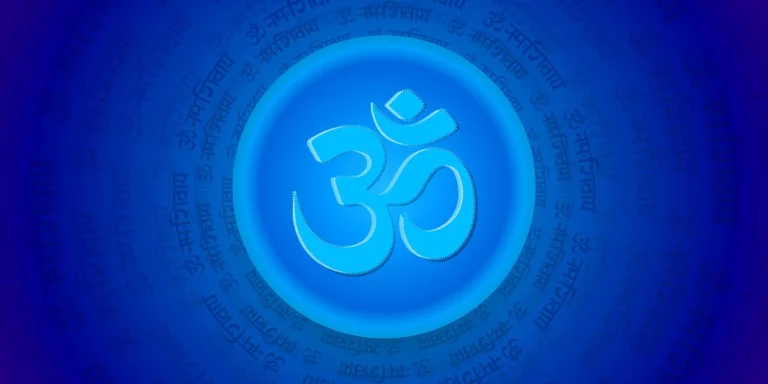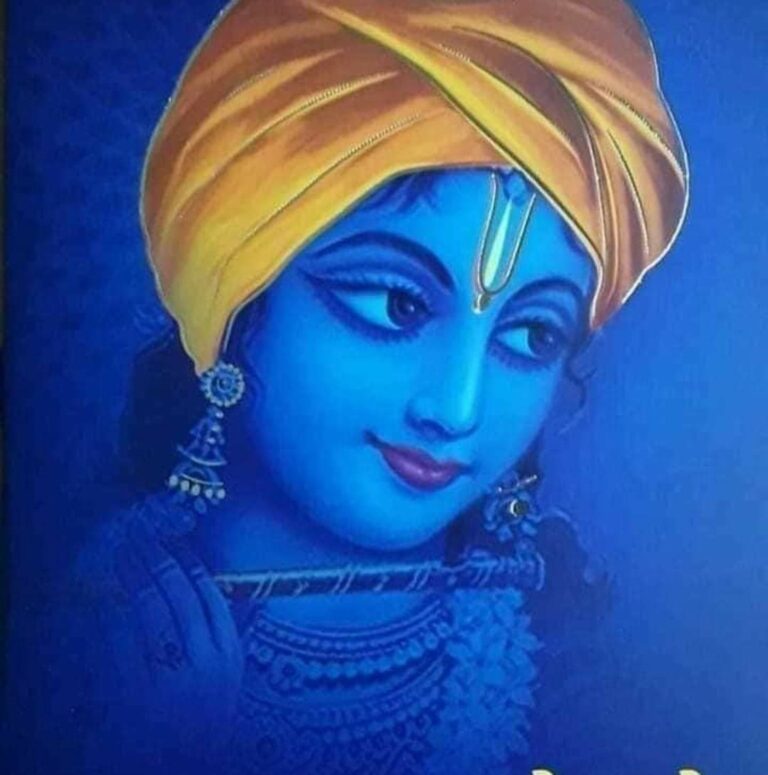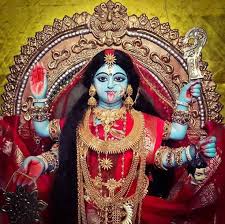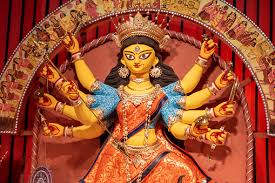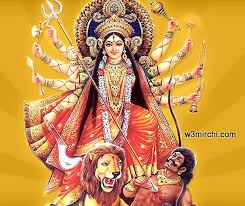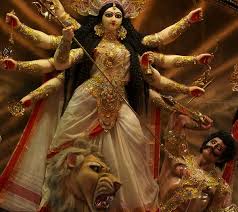सुंदरकांड पढ़ते हुए 25 वें दोहे पर ध्यान थोड़ा रुक गया* । तुलसीदास ने सुन्दर कांड में, जब हनुमान जी ने लंका मे आग लगाई थी, उस प्रसंग पर लिखा है –
हरि प्रेरित तेहि अवसर चले मरुत उनचास।
अट्टहास करि गर्जा कपि बढ़ि लाग अकास।।25।।
अर्थात : जब हनुमान जी ने लंका को अग्नि के हवाले कर दिया तो —
भगवान की प्रेरणा से उनचासों पवन चलने लगे।
हनुमान जी अट्टहास करके गर्जे और आकार बढ़ाकर आकाश से जा लगे।
मैंने सोचा कि इन उनचास मरुत का क्या अर्थ है ? यह तुलसी दास जी ने भी नहीं लिखा। फिर मैंने सुंदरकांड पूरा करने के बाद समय निकालकर 49 प्रकार की वायु के बारे में जानकारी खोजी और अध्ययन करने पर सनातन धर्म पर अत्यंत गर्व हुआ।
तुलसीदासजी के वायु ज्ञान पर सुखद आश्चर्य हुआ, जिससे शायद आधुनिक मौसम विज्ञान भी अनभिज्ञ है ।
आपको यह जानकर आश्चर्य होगा कि वेदों में वायु की 7 शाखाओं के बारे में विस्तार से वर्णन मिलता है।
अधिकतर लोग यही समझते हैं कि वायु तो एक ही प्रकार की होती है, लेकिन उसका रूप बदलता रहता है, जैसे कि ठंडी वायु, गर्म वायु और समान वायु, लेकिन ऐसा नहीं है।
दरअसल, जल के भीतर जो वायु है उसका वेद-पुराणों में अलग नाम दिया गया है और आकाश में स्थित जो वायु है उसका नाम अलग है। अंतरिक्ष में जो वायु है उसका नाम अलग और पाताल में स्थित वायु का नाम अलग है। नाम अलग होने का मतलब यह कि उसका गुण और व्यवहार भी अलग ही होता है। इस तरह वेदों में 7 प्रकार की वायु का वर्णन मिलता है।
ये 7 प्रकार हैं- 1.प्रवह, 2.आवह, 3.उद्वह, 4. संवह, 5.विवह, 6.परिवह और 7.परावह।
- प्रवह : पृथ्वी को लांघकर मेघमंडलपर्यंत जो वायु स्थित है, उसका नाम प्रवह है। इस प्रवह के भी प्रकार हैं। यह वायु अत्यंत शक्तिमान है और वही बादलों को इधर-उधर उड़ाकर ले जाती है। धूप तथा गर्मी से उत्पन्न होने वाले मेघों को यह प्रवह वायु ही समुद्र जल से परिपूर्ण करती है जिससे ये मेघ काली घटा के रूप में परिणत हो जाते हैं और अतिशय वर्षा करने वाले होते हैं।
- आवह : आवह सूर्यमंडल में बंधी हुई है। उसी के द्वारा ध्रुव से आबद्ध होकर सूर्यमंडल घुमाया जाता है।
- उद्वह : वायु की तीसरी शाखा का नाम उद्वह है, जो चन्द्रलोक में प्रतिष्ठित है। इसी के द्वारा ध्रुव से संबद्ध होकर यह चन्द्र मंडल घुमाया जाता है।
- संवह : वायु की चौथी शाखा का नाम संवह है, जो नक्षत्र मंडल में स्थित है। उसी से ध्रुव से आबद्ध होकर संपूर्ण नक्षत्र मंडल घूमता रहता है।
- विवह : पांचवीं शाखा का नाम विवह है और यह ग्रह मंडल में स्थित है। उसके ही द्वारा यह ग्रह चक्र ध्रुव से संबद्ध होकर घूमता रहता है।
- परिवह : वायु की छठी शाखा का नाम परिवह है, जो सप्तर्षिमंडल में स्थित है। इसी के द्वारा ध्रुव से संबद्ध हो सप्तर्षि आकाश में भ्रमण करते हैं।
- परावह : वायु के सातवें स्कंध का नाम परावह है, जो ध्रुव में आबद्ध है। इसी के द्वारा ध्रुव चक्र तथा अन्यान्य मंडल एक स्थान पर स्थापित रहते हैं। इन सातो वायु के सात सात गण हैं जो निम्न जगह में विचरण करते हैं ब्रह्मलोक, इंद्रलोक, अंतरिक्ष, भूलोक की पूर्व दिशा, भूलोक की पश्चिम दिशा, भूलोक की उत्तर दिशा और भूलोक कि दक्षिण दिशा। इस तरह
7 x 7 = 49। कुल 49 मरुत हो जाते हैं जो देव रूप में विचरण करते रहते हैं। अद्भुत ज्ञान।
हम अक्सर रामायण, भगवद् गीता पढ़ तो लेते हैं परंतु उनमें लिखी छोटी-छोटी बातों का गहन अध्ययन करने पर अनेक गूढ़ एवं ज्ञानवर्धक बातें ज्ञात होती हैं ! 🙏
जय श्री हनुमान
While reciting Sunderkand, the attention stopped a bit on the 25th couplet. Tulsidas has written in Sundar Kand, on the incident when Hanuman ji set fire to Lanka –
Hari inspired on that occasion went forty-nine Maruts.
Attahas kari garja kapi badhi lag akash।।25।।
Means: When Hanuman ji handed over Lanka to fire —
With the inspiration of God, twenty-nine winds started blowing.
Hanuman ji roared with laughter and increased in size and started leaving the sky.
I thought what is the meaning of these Unchas Maruts? Even Tulsi Das did not write this. Then after completing Sunderkand, I took out time to find and study information about 49 types of air and became extremely proud of Sanatan Dharma.
I was pleasantly surprised at Tulsidasji’s knowledge of air, which perhaps even modern meteorology is unaware of.
You will be surprised to know that in the Vedas there is a detailed description about the 7 branches of air.
Most people think that air is of only one type, but its form keeps changing, such as cold air, hot air and uniform air, but it is not so.
Actually, the air that is inside the water has been given a different name in the Vedas and Puranas and the air that is in the sky has a different name. The name of the air in the space is different and the name of the air located in the underworld is different. The difference in name means that his qualities and behavior are also different. In this way, the description of 7 types of air is found in the Vedas.
These are 7 types- 1. Pravah, 2. Aavah, 3. Udvah, 4. Sanvah, 5. Vivah, 6. Parivah and 7. Paravah.
Flow: The air which is located till the cloud after crossing the earth, its name is flow. There are types of this flow too. This wind is very powerful and it drives the clouds here and there. This flow of air fills the clouds generated by sunlight and heat with sea water, due to which these clouds turn into black clouds and cause heavy rains.
Avah: Avah is bound in the solar system. By that the solar system is rotated by being attached to the pole.
Udvah: The name of the third branch of air is Udvah, which is established in Chandralok. Through this, this lunar circle is rotated by being associated with the pole.
Conveyance: The name of the fourth branch of air is Conveyance, which is located in the Nakshatra Mandal. Due to that, the whole constellation revolves by being bound to the pole.
Vivah: The name of the fifth branch is Vivah and it is located in the planetary system. It is only through him that this planet keeps rotating by being associated with the wheel pole.
Parivaha: The name of the sixth branch of air is Parivaha, which is located in Saptarshimandal. Through this, the Saptarishis travel in the sky, being associated with Dhruva.
Paravah: The name of the seventh wing of air is Paravah, which is attached to the pole. Through this, the Dhruv Chakra and other circles remain established at one place. There are seven seven ganas of these seven airs which roam in the following places Brahmalok, Indralok, space, East direction of Bhulok, West direction of Bhulok, North direction of Bhulok and South direction of Bhulok. This way
7 x 7 = 49. A total of 49 become Maruts who keep on roaming in the form of gods. Amazing knowledge.
We often read Ramayana, Bhagavad Gita, but on deep study of small things written in them, many mysterious and informative things are known.
Jai Shree Hanuman













